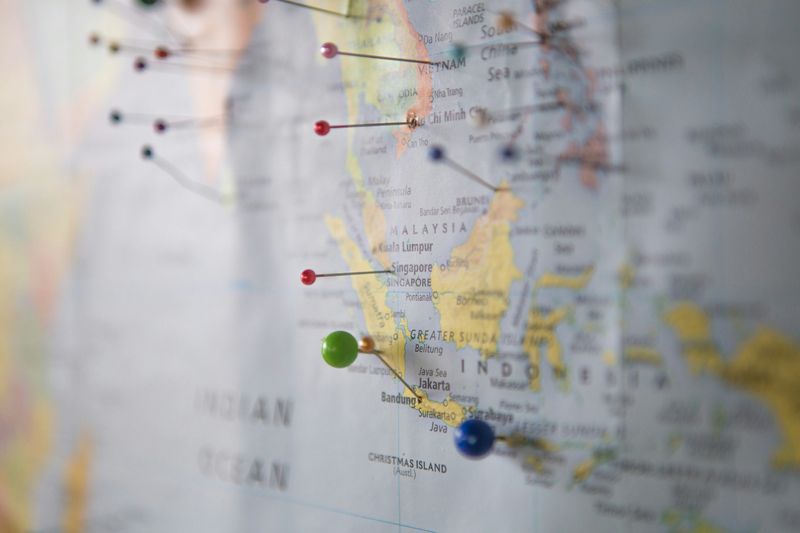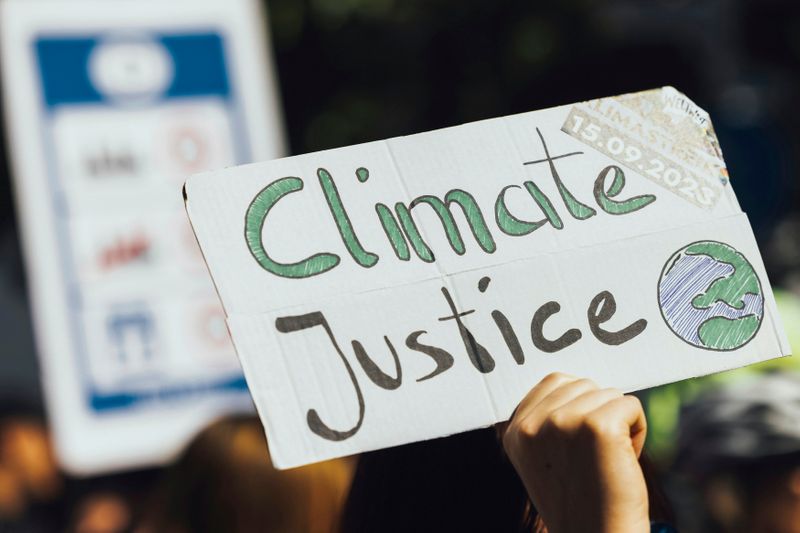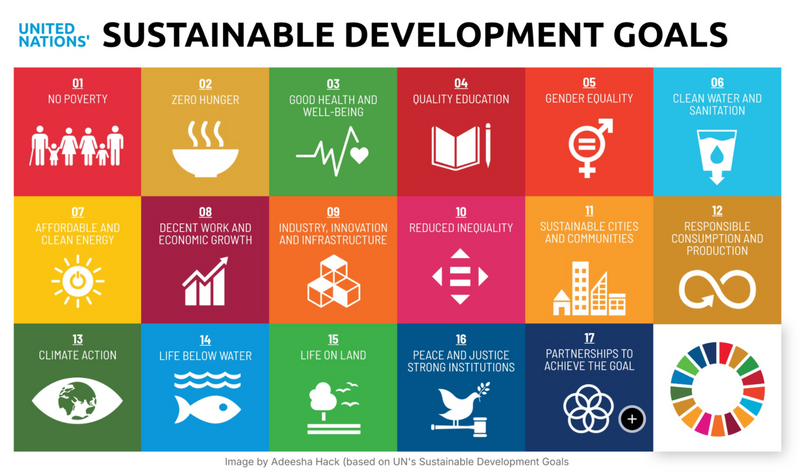
This logo isn't an ad or affiliate link. It's an organization that shares in our mission, and empowered the authors to share their insights in Byte form.
Rumie vets Bytes for compliance with our
Standards.
The organization is responsible for the completeness and reliability of the content.
Learn more
about how Rumie works with partners.
Brainstorm: think of current issues facing the world.
 Photo by Z on Unsplash
Photo by Z on UnsplashAfter your brainstorm, consider the following questions:
Which three issue(s) do you think are most important?
Why are these issue(s) important?
The United Nations adopted 17 goals, called the Sustainable Development Goals, meant to address the most urgent global issues.
Knowing about the SDGs gives you the information necessary to be an informed global citizen. This allows you to participate in discussions, decisions, and actions that can improve your community, your country, and the world.
What Are the United Nations' Sustainable Development Goals?
The United Nations' Sustainable Development Goals (SDGs) are a collection of 17 global goals, which were created in 2015. These goals were created to combat urgent global challenges such as poverty, inequality, climate change, and environmental degradation.
The video below explains each goal:
Did you know?
Sustainable development is "development that meets the needs of the present without compromising the ability of future generations to meet their own needs."
In June 1992, more than 178 countries agreed on Agenda 21 at the Earth Summit in Rio de Janeiro to promote sustainable development and protect the environment. This led to the 2030 Agenda for Sustainable Development, which resulted in the 17 SDGs to improve lives and reduce poverty.
Importance of the SDGs
 Photo by Markus Spiske on Unsplash
Photo by Markus Spiske on UnsplashThe creation of the SDGs is important because they:
Address global challenges
The SDGs tackle critical global issues like poverty, hunger, inequality, and climate change, which affect people and the planet.
Have universal application
The SDGs are relevant for all countries and individuals, whether rich or poor.
Take a holistic approach
The SDGs promote a comprehensive approach to development, recognizing that social, economic, political, and environmental issues are connected.
Have long-term vision
The SDGs encourage countries, businesses, and individuals to think beyond the short-term. Rather, these goals work towards long-term solutions for the well-being of future generations.
In short, the SDGs are important because they provide a plan for addressing the world's most pressing challenges, while ensuring a fair and sustainable future for everyone.
How the SDGs Are Connected
Often the SDGs are taught in isolation. However, they're interconnected. Progress in one goal often supports or influences progress in others.
 To hear an audio description of the image above, select the play button on the audio player below:
To hear an audio description of the image above, select the play button on the audio player below:
The following are examples of how goals can be connected:
No Poverty (Goal 1) is tied to Zero Hunger (Goal 2), as poverty reduction helps improve access to food.
Quality Education (Goal 4) leads to better economic opportunities, supporting Decent Work and Economic Growth (Goal 8).
Gender Equality (Goal 5) enhances progress in Good Health and Well-being (Goal 3) and Reduced Inequalities (Goal 10).
Climate Action (Goal 13) influences Life Below Water (Goal 14) and Life on Land (Goal 15) by promoting environmental protection.
Each goal reinforces the others, creating a holistic approach to the development of individuals, communities, and countries.
Your Turn: Connect the SDGs
Review the list of the Sustainable Development Goals in the previous section:
How does one goal influence/connect to another goal?
How does one goal influence/connect to more than one goal? Can you connect 3 goals? What about 4 goals? More than 4? Make as many connections as you can.
For example:
How can Quality Education (Goal 4) influence No Poverty (Goal 1); Zero Hunger (Goal 2); Good Health and Well-being (Goal 3); and Decent Work and Economic Growth (Goal 8)?
 Photo by Sigmund on Unsplash
Photo by Sigmund on UnsplashQUIZ: How can SDG 4 (Quality Education) influence SDG 5 (Gender Equality)?
A. Education gives boys and girls the same chance to learn, which allows girls to get good jobs, make money to support their families, and advocate for themselves.
B. Education is only about school subjects and doesn’t really impact other goals.
C. Education may help students think about different jobs they could obtain, but it doesn’t change gender roles or give girls an advantage in society.
D. Education connects to a better community, but in a very limited way.
Quiz
How can SDG 4 (Quality Education) influence SDG 5 (Gender Equality)?
Education gives boys and girls the same chance to learn. When girls and women can access education and work, it increases economic growth, reduces poverty, and creates a more equitable society. Educated girls and women are more likely to advocate for their rights, make informed decisions, and participate in their communities and economies. They'll be role models for younger girls, inspiring them to pursue their education and dreams.
Take Action

This Byte has been authored by
Adeesha Hack
Learning Designer
MEd, MA, TESL